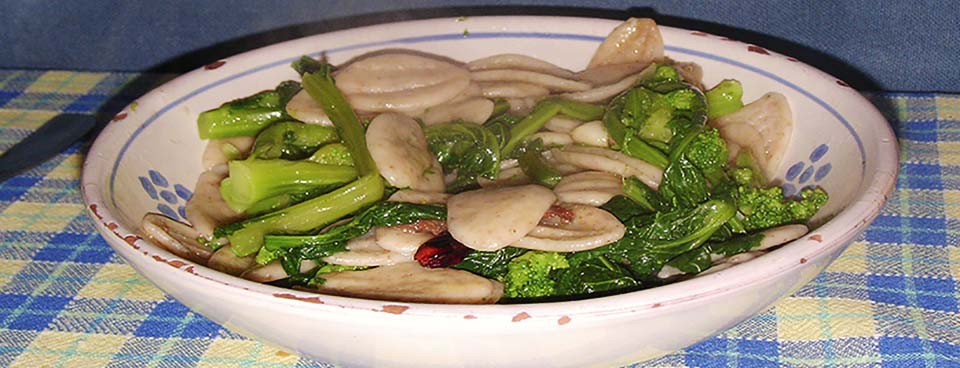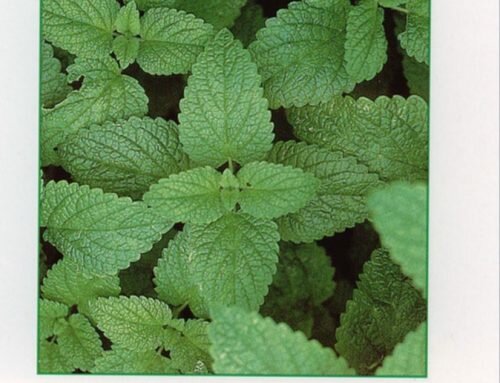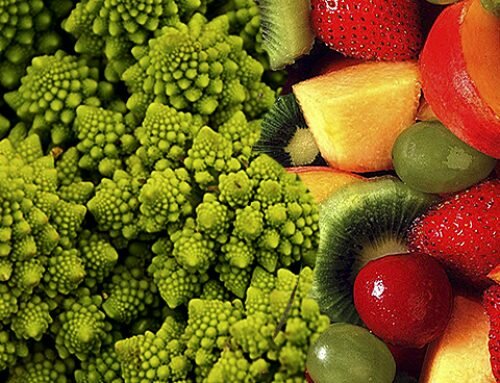Gluten intolerance, a protein complex that is found in grains such as wheat, barley, oats, spelt, is increasing. They do not necessarily represent the celiac disease and for this reason they are called “Non-Celiac Gluten Sensitivity.” They are individuals who are not found to be celiac in biopsies and at the same time do not have allergies to wheat documented by IgE, some studies shows a constant increase in the levels of gliadin antibodies both of the IgA and IgG types in populations who complain of intestinal problems. These are phenomena of accumulation that release toxins without damaging the immune system. The issue with gluten, however, is linked to its industrial transformation and the various hybrids that over time have generated problems in genetically predisposed individuals who produce antibodies, which in the absence of a specific target, turn against the cells of the intestinal mucosa, because in the mechanisms and systems with which today we knead, a mechanical resistance is required due to the fact that gluten can shred. The industry requires gluten that does not shred, otherwise the dough must be thrown away. Thus gluten has been chosen that is resistant to shredding and that is very elastic: more than a food it has become rubber. This all responds to the technological parameters, forgetting that all of this ends up in our intestines.
Regardless of these hybrids technologies and GMO one should remember that ancient grains are still available:
- Timilla wheat, fragrant and highly digestibility, contains about 2/3 less gluten than modern wheat;
- white Majorca wheat, tender, soft but sturdy, grows in arid areas;
- Rusello wheat with long stem and reddish wheat ear, highly digestible;
- Strazzavisazz wheat is oldest wheat grain in Sicily;
- Cappelli wheat, a characteristic of Puglia, durum grain obtained in Foggia in 1915 through natural selection of wild grain from North Africa, with a great content of fiber, protein, zinc;
- Einkorn wheat, known as ancient emmer is an ancient variety of wheat ancestor of modern wheat, is rich in carotenoids.





